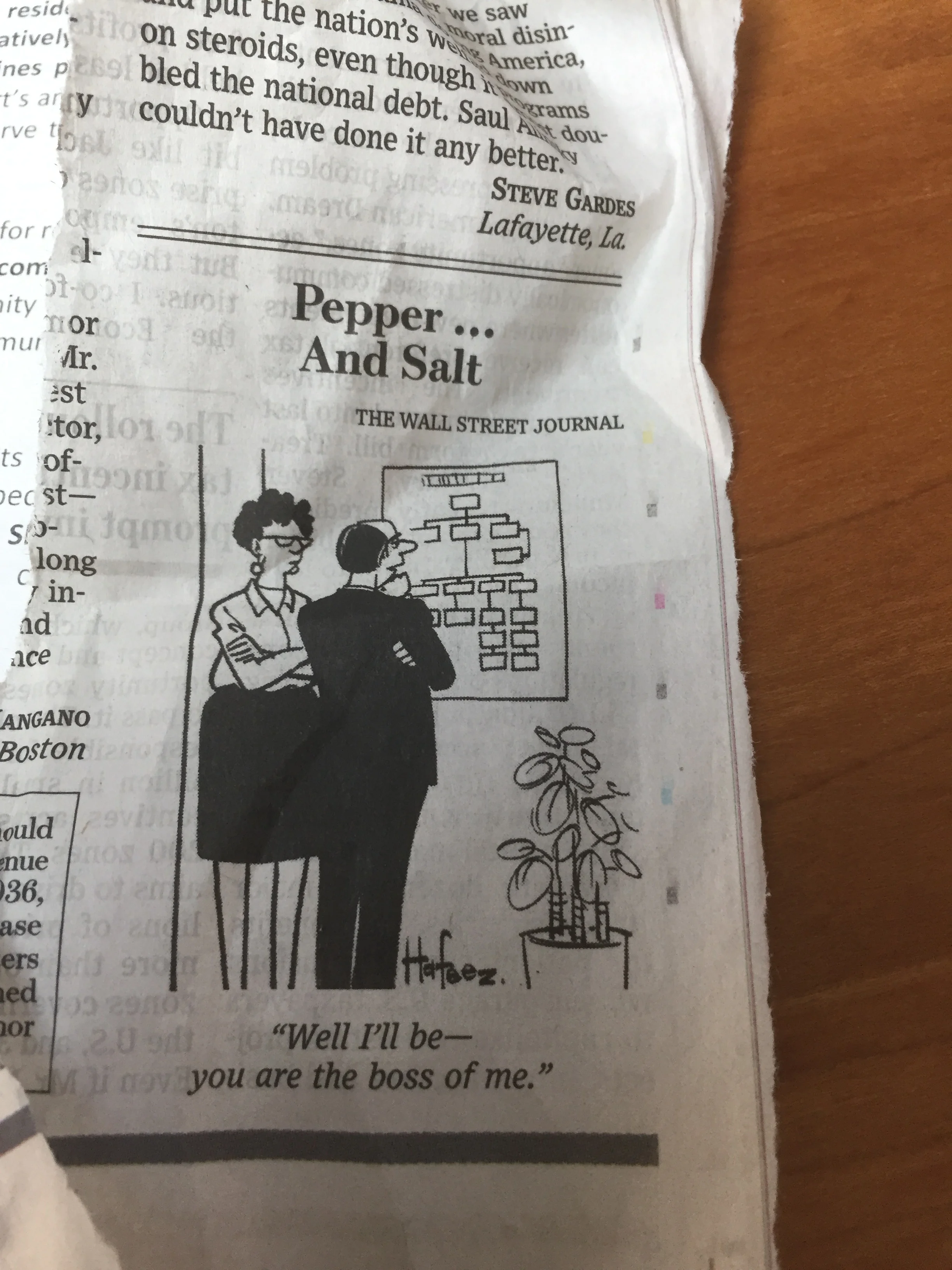Cuba
/HAVANA, Cuba (January 2012) -- The Caribbean island is in amber. Fidel's forces may have wrested power from the dictator Batista in the '50s, but most of the island looks the same today.
The gorgeous, deteriorating, Spanish-influenced architecture is home to government workers, residents, state-owned restaurants and hotels. You walk the streets and hear music from the bars (many sounding like the Buena Vista Social Club). Children play in the streets. The best GM cars of the '50s still ply the roads, albeit triaged with homemade parts and with a lot of belching smoke.
While it looks the same, it's not. The communists took away private property and put people to work. The average Cuban earns $18 a month. Despite free housing (in those collapsing buildings), free medical care, free education (What do you do with a Master's degree?), and food rations, life is still tough.
I visited Cuba on a tour led by world class photojournalist Peter Turnley. We traveled under an educational/cultural expedition license. The intent was that we would meet Cubans, and experience their culture, and their country.
For me, and I suspect and the other half-dozen fantastic photographers on the trip, the primary attraction was to be able to take photos of this dramatic, colorful, vibrant, sensuous place. But for all of us, the focus of the memories of the trip are the warm and welcoming - and incredibly positive - people we met.

